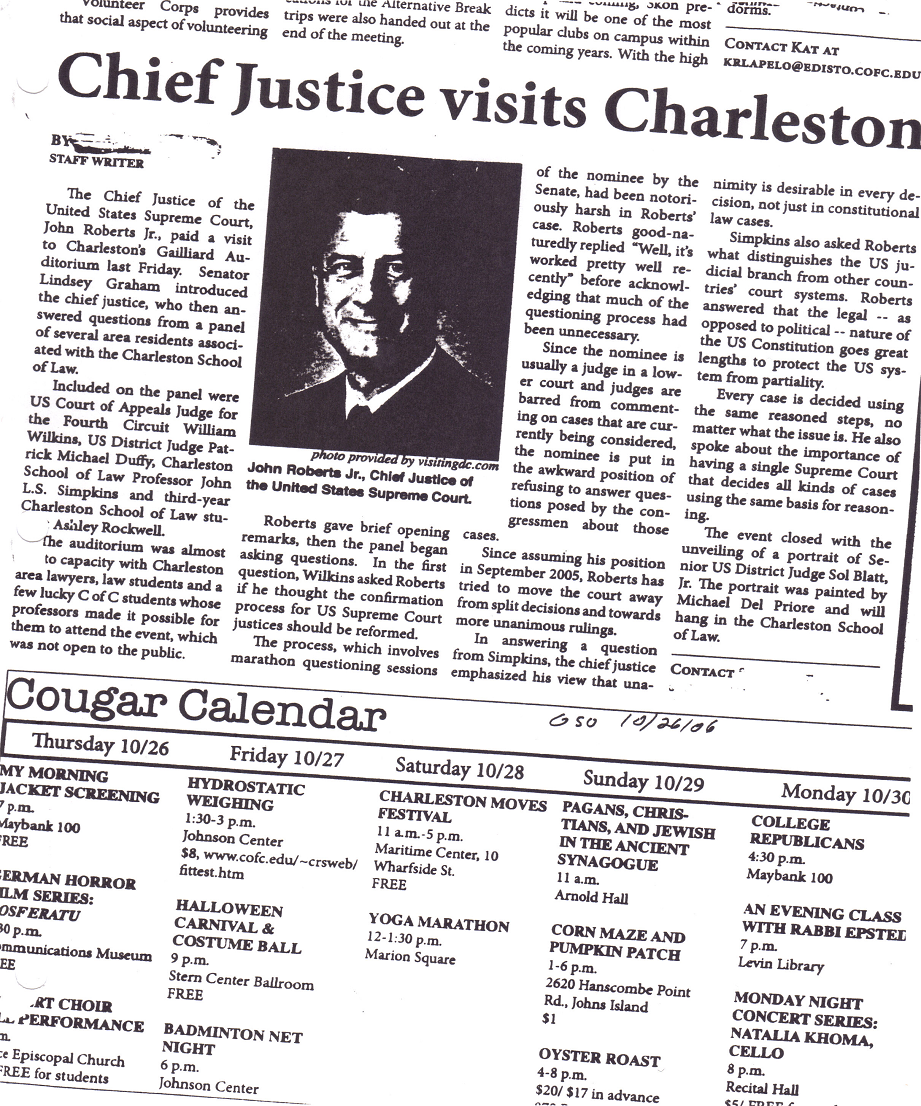STYLE OF THE COLUMN
In writing the column, there are five general styles which can be employed. In each case, of course, the columnist chooses the one which best suits his material and his personality.1. The Unified Style :
When the columnist wants to speak on a single subject, throughout pointing everything towards convincing the reader of his central idea or thesis, he employs the unified style. The column is really an essay, formal or informal, according to the topic and the approach. The unified style is employed by the political columnist, who discusses a single subject each day, and others who feel a need for a column to dwell upon one main idea.
2. The Anecdotal Style :
The term “anecdotal style” explains itself. It is used by the columnist who wants to tell a series of little unrelated stories or make several observations which have no bearing on each other. The writer usually has between six and ten of such anecdotes of observations in a column, and he generally separates them from each other by asterisks.
3. The Departmental Style :
When the columnist has material that is easily separable into “department”, he often employs the departmental style. The departments may be given such names as “In the Mailbag”, “Lest We Forget”, “Things to Remember”, and “Passing Parade” or they may simply be separated by asterisks or some other typographical devices. The departmental style is especially effective for random observations, little-known in format on and provocative bits of news of general interest. Departmental style columns are highly popular with readers because of the ease with which they can interest they often hold. Consequently, most newspapers have at least one such column.
4. The Question and Answer Style :
The reason for the term “question and answer” is immediately apparent. The columnist gives a question and then answers it. This style is employed in all columns answering questions for readers and in columns where the author posed question is to be seen in the bridge columns, where the writer answers the questions which he believes are most often asked.
5. The Unrelated Facts Style :
When the object of the column is to present a mass of facts which have little or no bearing on each other, the unrelated facts style is generally the best approach. This style enables the columnist to present his facts with one or more periods, depending on the light of pause desired, the writer on the copy reader may use an occasional subhead.
The success of the unrelated facts style column springs from its author’s ability to sustain interest by variety, surprise, or other devices whatever may be suitable.









0 Comments